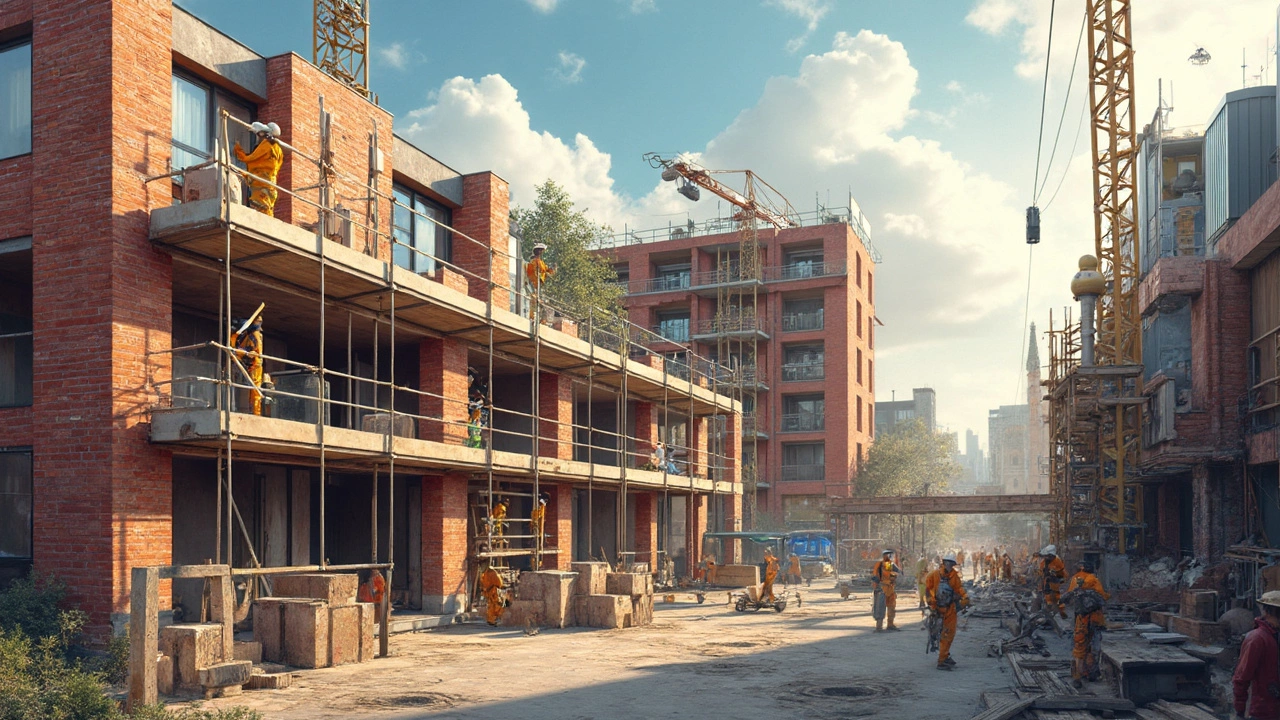Sustainable Materials: Why They Matter for Every Build
Ever wondered why more builders are talking about sustainable materials? It’s simple – they cut waste, lower energy bills, and help the planet. If you’re planning a new home, a renovation, or even a small repair, picking the right material can make a big difference without breaking the bank.
At McNeil Plumbing & Construction Services we see the shift every day. Homeowners ask for greener options, and our crew helps them choose products that last longer and stay friendly to the environment. Below are the basics you need to know before you start any project.
Why Choose Sustainable Materials?
First off, sustainable materials usually come from renewable sources. Think bamboo flooring instead of hardwood, or reclaimed brick for a wall. These options reduce the demand for fresh raw resources and often require less energy to produce. Less energy = lower carbon footprint, which is good news for everyone.
Another win is durability. Many eco‑friendly products are engineered to resist moisture, rot, and wear. That means fewer repairs down the line and lower long‑term costs. When you combine durability with efficiency, you get a win‑win: a sturdy building and a smaller impact on the environment.
Lastly, using green materials can boost your property’s value. Buyers are increasingly looking for homes with sustainable features. A house that uses renewable insulation, low‑VOC paint, or a solar‑ready roof can fetch a higher price and sell faster.
Top Sustainable Materials for Your Project
Bamboo – Fast‑growing and strong, bamboo works great for flooring, cabinets, and even structural panels. It looks sleek and feels warm underfoot.
Recycled Steel – Using steel made from scrap cuts down on mining and uses less energy than new steel. It’s perfect for framing, roofs, and even decorative features.
Low‑VOC Paints – Traditional paints release harmful chemicals. Low‑VOC (volatile organic compounds) paints keep indoor air cleaner and reduce health risks.
Insulated Concrete Forms (ICFs) – These combine concrete’s strength with foam insulation’s efficiency. They help keep homes warm in winter and cool in summer without extra heating or cooling systems.
Reclaimed Wood – Old barn beams, salvaged pallets, or vintage flooring give a unique look while preventing new trees from being cut down.
Our recent blog posts touch on related topics, like the best flooring for new builds and the primary raw materials essential for construction. While those articles focus on broader choices, the principles of durability and resource efficiency still apply when you swap in greener alternatives.
Ready to go green? Start by asking your contractor about the source of each material. Look for certifications like FSC for wood or Cradle‑to‑Cradle for composites. If a product claims to be sustainable but lacks proof, it’s worth a second look.
Remember, going sustainable isn’t about spending a fortune. It’s about making smarter choices that pay off over time. Whether you’re upgrading a bathroom, fixing a foundation, or building from scratch, the right material can save money, protect health, and keep the planet happy.
Got questions about which sustainable product fits your project? Reach out to McNeil Plumbing & Construction Services – we’ll help you find the perfect fit for your budget and your values.

